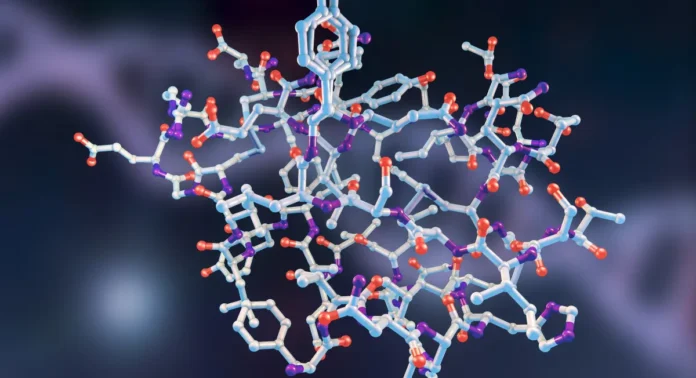The ability to identify ideal drug candidates and select potential lead compounds with ideal therapeutic effects is a vital step in the drug discovery process. Bioanalytical sciences have the role of ensuring the identification of chemical libraries as well as screening rapidly evolving potential drug compounds. Today, scientists are implementing parallel assessments of proteomics, chemistry, and ADME profiling to generate new lead compounds.
Mass spectrometry has played a vital role in screening and identifying potential lead compounds. Along with hyphenated techniques such as LC-MS and GC-MS, mass spectrometry services have become a robust quantitative, qualitative, and high throughput method for drug discovery and development studies. Besides, advanced hyphenated alternatives such as LC-MS/MS analysis have further skyrocketed their applications in clinical and preclinical assessments. The current article focuses on advances in LC-MS method development for small molecule analysis.
LC-MS method development and validation
Mass spectrometry has several ionization options. Each type is favorable for a specific analyte, depending on its structure, molecular weight, and polarity. Chemical ionization and electron ionization are employed in GC-MS analysis. On the other hand, thermospray ionization and atmospheric pressure chemical ionization are used in LC-MS analysis. Ion Spray and electrospray are excellent for polar compounds. Additionally, electrospray ionization is ideal for small and large molecules and is commonly employed for LC-MS systems.
LC-MS mass spectrometry effectively analyzes and characterizes complex study samples by separating the compounds with LC and determining the identities, purities, and structures using MS detectors. Recently, online 2D HPLC has been employed rapidly by the pharmaceutical industry. 2D HPLC has increased peak capacity and higher resolving power to resolve complex study mixtures. 2D HPLC has numerous applications, including compound degradation studies, complex mixture profiling, sample assessments in complex matrices, and chiral compound separation. Moreover, the combination of 2D HPLC with mass spectrometers is highly advantageous for identifying and quantifying trace level impurity and minimizing matrix and buffer interference for achieving higher MS sensitivity, dilution functions, online simple cleaning, and other benefits.
Today, LC-MS/MS analysis is used primarily in MS-based quantitative assessments. Due to its high sensitivity and selectivity, LC-MS/MS evaluations are considered gold-standards MS assessments. However, LC-MS/MS systems have multiple operational steps, such as product ion selection, collision energy optimization, and parent ion fragmentation, making it a highly time-consuming and complex technique. Today, researchers use high-resolution accurate mass systems for quantitative assessments. This approach is relatively simple and is independent of fragmentation for quantitative evaluations. Selectivity of MS units is enhanced dramatically in high-resolution accurate mass systems by keeping the instrument settings fixed at a narrow range for the molecule of interest.
Researchers can employ high-resolution accurate mass systems to conduct quantitative and qualitative assessments of complex study samples by employing non-target full scan analysis to screen multiple sample components followed by a targeted single ion monitor scan to estimate each molecule of interest. High-resolution accurate mass systems are not only straightforward, but they also have comparable sensitivity to advanced LC systems such as LC-MS/MS analysis.
Conclusion
Today, advancements in LC-MS systems include improvements in ionization technology, instrumentation, and separation science. Newer developments in ionization science have expanded the detection capacities of LC-MS systems to assess a broad spectrum of study compounds.

















